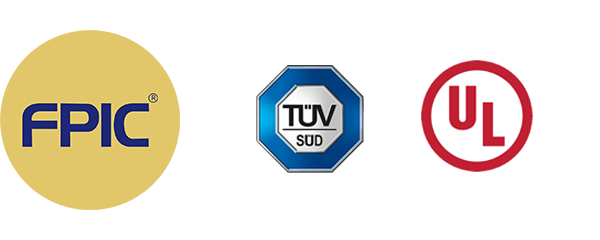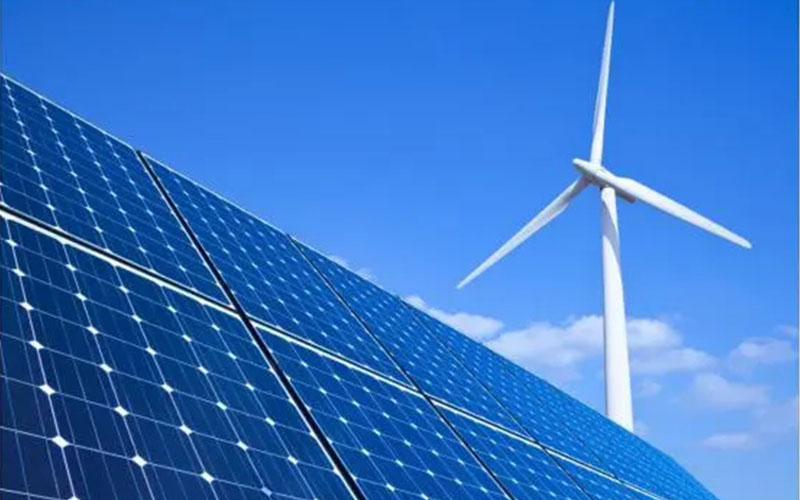Demystify PV Wiring Harness: Function & Components Explained
As the global push toward renewable energy continues to rise, the photovoltaic (PV) industry has become one of the fastest-growing sectors. At the heart of every solar power system lies an often-overlooked yet critical component—the photovoltaic wiring harness, also known as the solar wiring harness. This article unpacks the functions, components, and importance of PV wiring harnesses while offering insights into how they contribute to the overall efficiency and reliability of solar energy systems.
What is a Photovoltaic Wiring Harness?
A photovoltaic wiring harness is a pre-assembled bundle of cables, connectors, and other components designed to streamline the transmission of electricity within a solar power system. These harnesses are essential for ensuring the safe and efficient flow of electrical current between solar panels, inverters, and energy storage systems.
Unlike traditional wiring, PV wiring harnesses are engineered to withstand harsh environmental conditions, such as UV exposure, extreme temperatures, and moisture. Their robust design ensures durability and longevity, making them indispensable for both residential and commercial solar applications.
Functions of a PV Wiring Harness
- Energy Transmission
The primary role of a PV wiring harness is to transmit DC (direct current) electricity generated by solar panels to inverters, where it is converted to AC (alternating current) for use in homes and businesses. - Streamlined Installation
Pre-assembled solar wiring harnesses simplify the installation process by reducing the complexity of manually connecting cables and components. This saves time, minimizes errors, and reduces labor costs. - Enhanced Safety
PV wiring harnesses are designed with advanced insulation and secure connectors to minimize risks of short circuits, electrical leaks, and system failures. - Customizable Solutions
Solar wiring harnesses can be tailored to specific system requirements, accommodating different panel configurations, voltages, and power outputs.
Key Components of a Photovoltaic Wiring Harness
To better understand the critical role of PV wiring harnesses, let’s break down their main components:
- Wires and Cables
The backbone of the harness, PV wires are typically made of copper or tinned copper with insulation designed to withstand outdoor conditions. Common types include:- PV1-F cables for flexible connections.
- Solar DC cables for transmitting direct current.
- Connectors
MC4 connectors are the industry standard for solar wiring harnesses, offering secure, waterproof, and easy-to-install connections between solar panels and other components. - Fuse Holders and Fuses
These protect the system from overcurrent situations by cutting off the flow of electricity when the current exceeds a safe level. - Junction Boxes
Junction boxes act as central hubs where multiple wires are connected, ensuring neatness and organization. - Overmolded Assemblies
Overmolding provides additional protection for the harness, safeguarding it against moisture, dust, and mechanical wear.
Benefits of Using Solar Wiring Harnesses
- Efficiency: Pre-assembled harnesses reduce installation time, improving overall project efficiency.
- Reliability: High-quality materials and precise assembly ensure long-term performance even in extreme environments.
- Cost Savings: By reducing manual labor and maintenance costs, solar wiring harnesses contribute to significant cost savings for system integrators and end users.
- Scalability: Customized wiring harnesses can be easily scaled to match the needs of small rooftop systems or large solar farms.
Choosing the Right PV Wiring Harness Supplier
When selecting a supplier for your solar wiring harnesses, consider factors such as product quality, certification, and the ability to customize solutions. Look for ISO-certified manufacturers, such as those compliant with ISO 9001, ISO 14001, and IATF 16949 standards. A reliable supplier will also offer high-quality materials, robust testing processes, and strong customer support.
At FPIC, we specialize in designing and manufacturing PV wiring harnesses that meet the highest industry standards. Our solutions are trusted by global solar energy providers for their durability, performance, and precision.
Why PV Wiring Harnesses Are the Future
As the solar energy industry continues to innovate, wiring harnesses are becoming increasingly sophisticated. Advances in materials, such as high-temperature-resistant insulation, and the integration of smart monitoring technologies, like sensors for fault detection, are enhancing the reliability and efficiency of these components.
Moreover, the demand for larger and more complex solar systems is driving the need for modular and customizable harness solutions. By investing in high-quality PV wiring harnesses today, companies and individuals can future-proof their solar energy systems for years to come.
Conclusion
The photovoltaic wiring harness is more than just a collection of wires and connectors—it’s a vital component that ensures the efficiency, safety, and longevity of solar energy systems. From energy transmission to streamlined installation, PV wiring harnesses play an integral role in powering the renewable energy revolution.
Whether you’re building a small residential system or a massive solar farm, partnering with a trusted supplier like FPIC will ensure you get high-quality solutions tailored to your specific needs.
Contact us today to learn more about our solar wiring harnesses and how we can help power your projects with reliability and excellence.
Sources:




